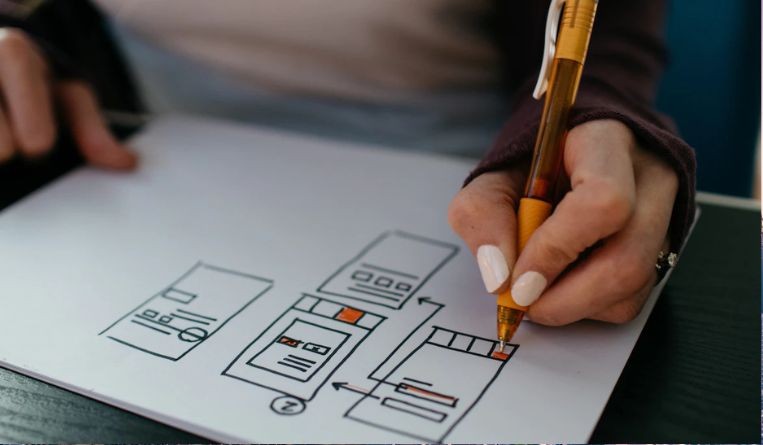How to draft a good patent application
28 February 2023

Generally, because of time constraints and business requirements, inventors look for quick ways to get their patent applications filed. However, by choosing “quick” for their applications, they may not be satisfied with the quality of the patent application. Therefore, it’s important to understand how to draft a good patent application.
The basic format of a patent application includes:
1.) Background
2.) Claims
3.) Summary
4.) Abstract
5.) Drawings
6.) Detailed description
The quality of a patent application depends on how effectively the drafting attorney can collect information from an inventor and script the information in the six sections that are listed above. The whole scripting process is performed with careful attention to the natural flow of the technical content so that it makes the patent application easily understandable for the examining authority or any reader with ordinary skill in the subject technology area.
1) Background
It is important that the problem that is currently faced in the prior art is described with specific detail and without any ambiguity. The current invention might be able to solve multiple issues in the prior art, but it is important to identify the primary problem that the invention is solving since this aspect is of great importance as far as claim drafting is concerned. The primary problem is detrimental in describing the novelty and inventive step that is associated with the invention.
2) Claims
Claims form the heart of a patent application as it describes the novel/inventive aspects of the invention. The claims are also the primary subject of examination by an examining authority in any patent jurisdiction. To draft good claims, it is important to understand the invention disclosure in depth. Claims are majorly divided into system claims, device claims, and method claims. A patent application may comprise one or more of these set of claims depending on the nature of the invention, whether it is software, mechanical, electronics or something else. Fundamentally a claim set comprises independent claims and dependent claims that are connected to the independent claims. The skill in drafting an effective claim set is in the ability of the drafting attorney to:
-
Separately understand each feature of the invention and compare the same with close prior art patents,
-
Understand working of the invention as a combination of each of these features to generate the desired result,
-
Draft the independent claim by describing the most important novel and inventive features from the complete list of features disclosed in the inventive concept, where the independent claims are drafted with the broadest scope for maximum patent protection, and
-
Draft dependent claims in connection with the independent claim, where the dependent claims will include additional features to further extend the scope of the invention.
Even though the claims form the last portion in the format of an actual patent application, these are drafted first after defining the background section, as every other section in the patent application is an expansion of the features and functionalities described in the claims.
3) Summary
The summary is a condensed version of the invention, which is a recitation of the independent claims and dependent claims of the application in simplified language. In other words, the core idea behind the invention and its working is explained in the summary.
4) Abstract
The abstract is also very similar to the summary, which is generally a recitation of the independent claim in simplified language.
5) Drawings
A list of drawings that represent the features of the invention are illustrated in a serial order with figure labels. Each component in the drawing is serially numbered and further explained in the detailed description. Examples of drawings include mechanical/structural, schematic representations, flow charts, tables, etc.
6) Detailed description
The detailed description is targeted to focus on the novelty and inventive step along with recitation of the claimed portions with the corresponding drawings. The numbered drawing components are reflected in the description, which enables the reader to understand the structure and functionality of the invention. The detailed description allows the inventor to include as many embodiments as possible of the invention, the working of each embodiment, and working examples in association with each embodiment. Therefore, the detailed description allows the drafting attorney and inventor to explore all the possibilities in association with the different claims. Another most important thing regarding detail description is that the inventor and the drafting attorney should ensure that all the claimed features are recited and well support the detailed description.









